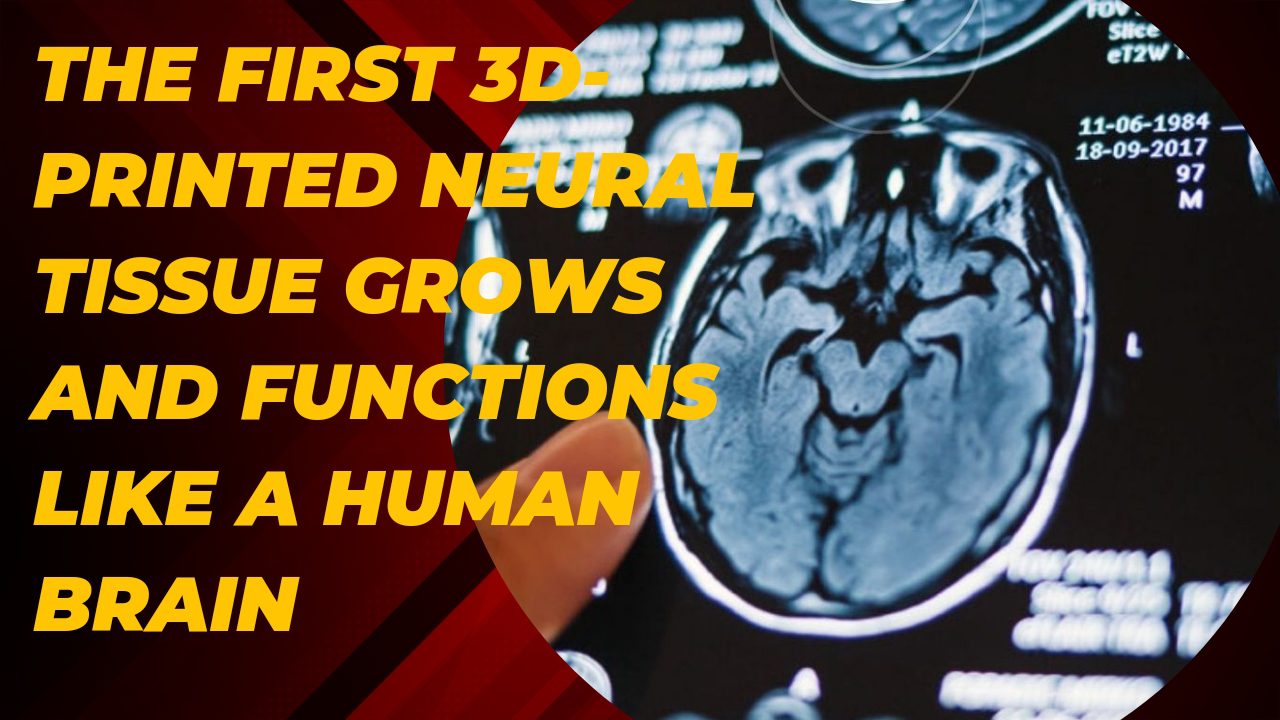The Birth of 3D-Printed Neural Tissue
Embark on a journey into the realm of cutting-edge neuroscience as researchers unveil a groundbreaking achievement: the world’s first functional 3D-printed neural tissue.
Developed by a team at the University of Wisconsin–Madison, this remarkable feat promises to revolutionize our understanding of brain function and disease pathology.
Bridging the Gap: A New Tool for Neuroscientists
In the quest to unravel the complexities of the human brain, neuroscientists have long sought innovative tools for studying neural communication and connectivity.
The advent of 3D-printed neural tissue provides a transformative solution, offering unprecedented insights into the intricate workings of the brain.
Beyond Boundaries: Exploring the Potential Applications
The implications of this groundbreaking technology extend far beyond the confines of traditional neuroscience research.
With its potential to replicate and simulate human brain tissue, 3D-printed neural tissue holds promise for advancing our understanding of neurodegenerative disorders such as Alzheimer’s and Parkinson’s disease.
The Power of Precision: Harnessing 3D Bioprinting Technology
At the heart of this remarkable achievement lies the power of 3D bioprinting technology, a cutting-edge process that enables the precise fabrication of living structures.
By layering cells and biomaterials with unparalleled precision, researchers can recreate the intricate architecture of the human brain on a microscopic scale.
Overcoming Challenges: From Concept to Reality
The journey to creating functional 3D-printed neural tissue has been fraught with challenges. Previous attempts at 3D bioprinting often struggled to replicate the complex cellular interactions and structures found in the human brain.
However, through perseverance and innovation, the team at the University of Wisconsin–Madison has overcome these obstacles to achieve a groundbreaking milestone in neuroscience.
Unveiling the Technique: Horizontal Layering and Bio-Ink Innovation
Central to the success of the project was the adoption of a novel approach to 3D bioprinting. Unlike previous methods that relied on vertical layering, the researchers employed horizontal layering of neurons derived from induced pluripotent stem cells.
Coupled with a softer ‘bio-ink’ gel, this technique facilitated the formation of brain-like networks within and between layers, mimicking the natural connectivity of the human brain.
Opening New Avenues: Advancing Brain Research
With the advent of 3D-printed neural tissue, researchers have gained a powerful tool for advancing our understanding of brain development, function, and disease.
From studying molecular mechanisms to investigating neurodegenerative disorders, the possibilities are endless, offering hope for improved diagnostics and therapeutics in the field of neuroscience.
Future Directions: Enhancing Precision and Specificity
As the technology continues to evolve, researchers are poised to refine and enhance the precision of 3D-printed neural tissue.
By controlling cell types and arrangements with unprecedented accuracy, future iterations of the technology hold promise for creating more specific and targeted brain tissues tailored to individual research needs.
A Collaborative Endeavor: Shaping the Future of Neuroscience
The journey towards unlocking the mysteries of the human brain is a collaborative endeavor that transcends disciplinary boundaries.
With each breakthrough, we move one step closer to unraveling the complexities of brain function and unlocking new avenues for diagnosis, treatment, and prevention of neurological disorders.
A Bold Leap Forward in Neuroscience
In conclusion, the development of functional 3D-printed neural tissue represents a bold leap forward in the field of neuroscience.
Through innovation, perseverance, and collaboration, researchers have achieved a milestone that promises to reshape our understanding of the human brain and pave the way for transformative advancements in neurology and beyond.

